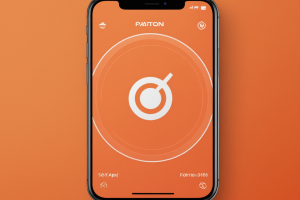professor at the University of Alberta, highlights that even last year, most models had considerable trouble with fingers and text. Improving these issues requires augmentation of datasets and specialized training models designed to educate AI on proper hand shapes and correct spelling. However, experts predict that overcoming these linguistic obstacles may prove challenging due to the complexity of the English language and the need to accommodate multiple languages.
Adobe Firefly exemplifies this challenge, as it is trained to avoid generating text altogether. Prompts containing specific details often bypass these restrictions, leading Guzdial to compare the process to “Whac-A-Mole.” He suggests that while engineers can address individual concerns, such as hands or spelling, the broader issue remains difficult due to the sheer number of possible variations in text.
Despite rapid improvements in AI capabilities, the technology currently lacks the ability to consistently spell words correctly. Addressing these deficiencies necessitates further refinement of existing models and development of innovative techniques tailored to overcome these limitations. Until then, AI will continue to demonstrate remarkable prowess in certain areas while simultaneously struggling with fundamental aspects of communication.













